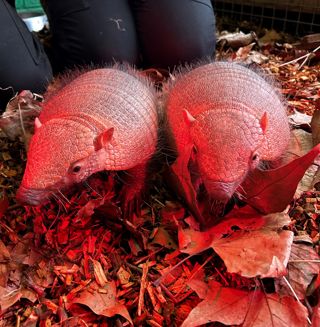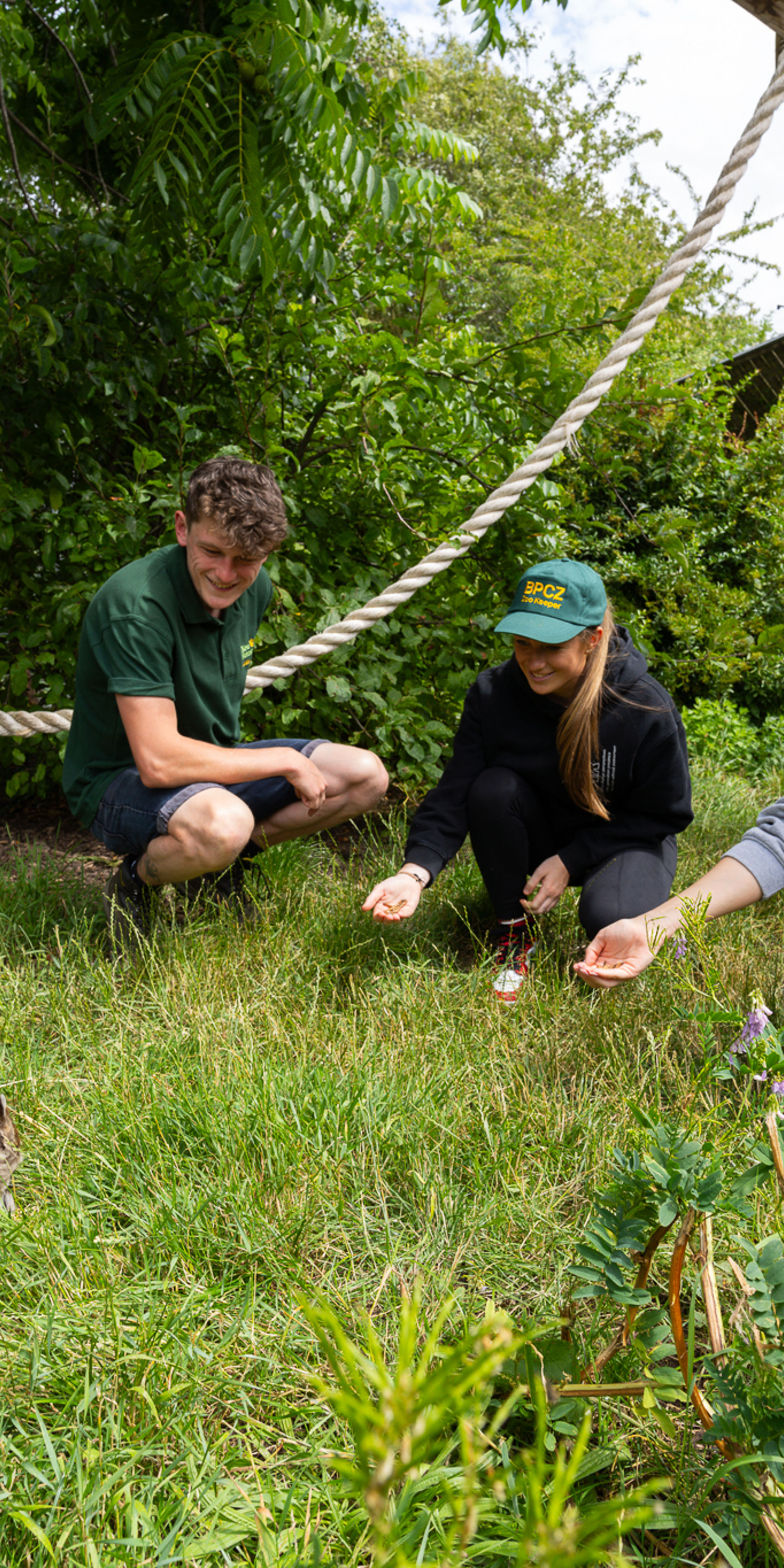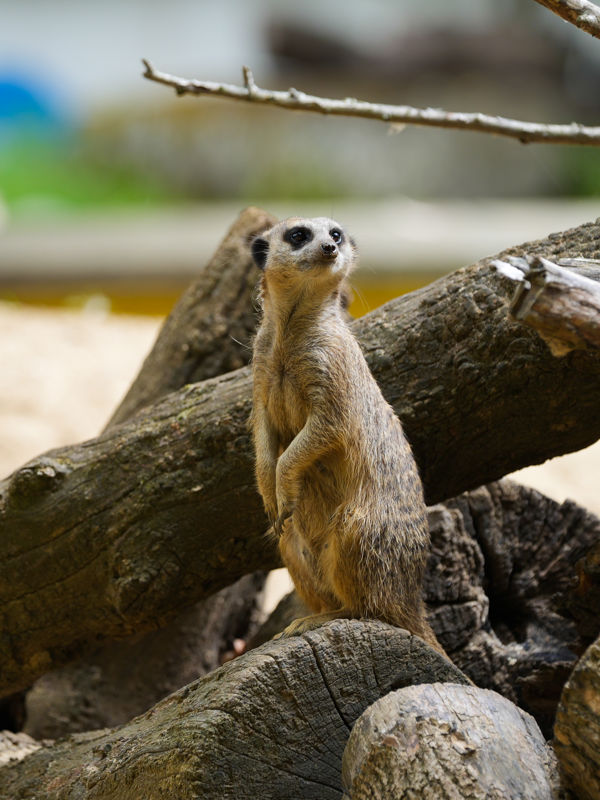
Large Hairy Armadillo

General Information
The large hairy armadillo is the most abundant species of armadillo in Argentina. The armadillo's head and body are covered by protective bony plates, with its head plate being the most prominent. Along its back, flexible bands that encircle the torso allow flexibility in this otherwise stiff armor. The forefeet have five distinct toes, each with powerful claws for digging.
Armadillos are efficient diggers and form burrows to live in and search for prey. The armadillo is alert and primarily solitary. They are omnivorous, feeding on insects, carrion, and plant material. Due to their poor eyesight, armadillos rely on their sense of smell to detect prey and predators. Births take place throughout the year; gestation is 60 to 64 days long, after which a litter of one to three is born.
The IUCN classifies the six-banded armadillo as least concern, due to its wide distribution, adaptability and stable population. They also live in several protected areas. Although there are no major threats to its survival, large hairy armadillos are reportedly hunted for medicinal purposes and food in parts of their range.
Latin name - Chaetophractus villosus
Class - Mammalia
Order - Cingulata
Family - Chlamyphoridae
IUCN Status - Least Concern
Habitat - Grasslands, primary and secondary forests, shrublands and deciduous forests.
Distribution - Gran Chaco of Bolivia, Paraguay, and Argentina as far south as Santa Cruz, Argentina and Magallanes, Chile.
Our Residents
Our large hairy armadillos are named Pedro Pascal and Montezuma. They are brothers and best friends - born at Edinburgh zoo, they joined us in 2023. Our armadillos loves breaking into rotten logs, digging for hidden insects and cuddling up together for a snooze.

Sign up to our newsletter
Join our mailing list in order to keep up to date with Zoo news and special offers.



